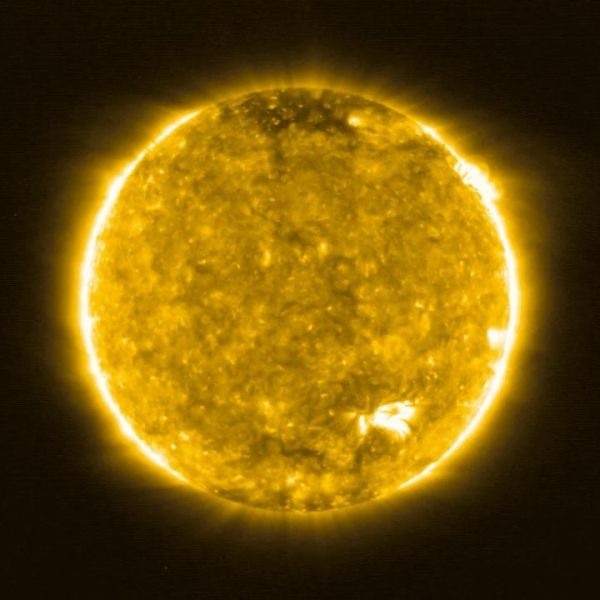The first images from ESA/NASA’s Solar Orbiter are now available to the public, including the closest pictures ever taken of the Sun.
Solar Orbiter is an international collaboration between the European Space Agency, or ESA, and NASA, to study our closest star, the Sun. Launched on Feb. 9, 2020 (EST), the spacecraft completed its first close pass of the Sun in mid-June.
“These unprecedented pictures of the Sun are the closest we have ever obtained,” said Holly Gilbert, NASA project scientist for the mission at NASA's Goddard Space Flight Center in Greenbelt, Maryland. “These amazing images will help scientists piece together the Sun’s atmospheric layers, which is important for understanding how it drives space weather near the Earth and throughout the solar system.”
“We didn’t expect such great results so early,” said Daniel Müller, ESA’s Solar Orbiter project scientist. “These images show that Solar Orbiter is off to an excellent start.”
Read more at NASA/Goddard Space Flight Center
Image: This animation shows a series of views of the Sun captured with the Extreme Ultraviolet Imager (EUI) on ESA/NASA's Solar Orbiter on May 30, 2020. They show the Sun's appearance at a wavelength of 17 nanometers, which is in the extreme ultraviolet region of the electromagnetic spectrum. Images at this wavelength reveal the upper atmosphere of the Sun, the corona, with a temperature of more than a million degrees. (Credit: Solar Orbiter/EUI Team (ESA & NASA); CSL, IAS, MPS, PMOD/WRC, ROB, UCL/MSSL)


